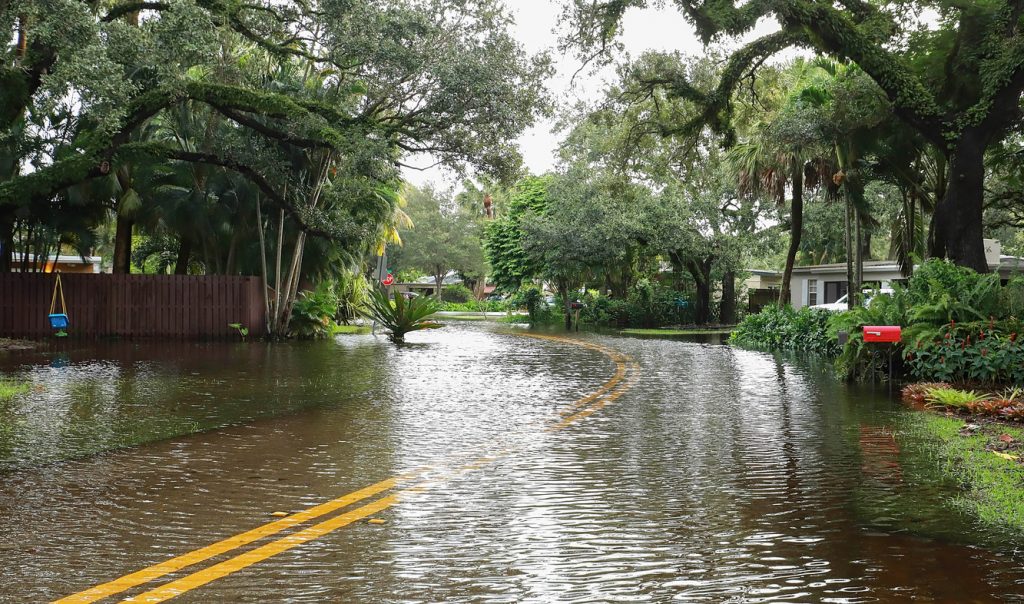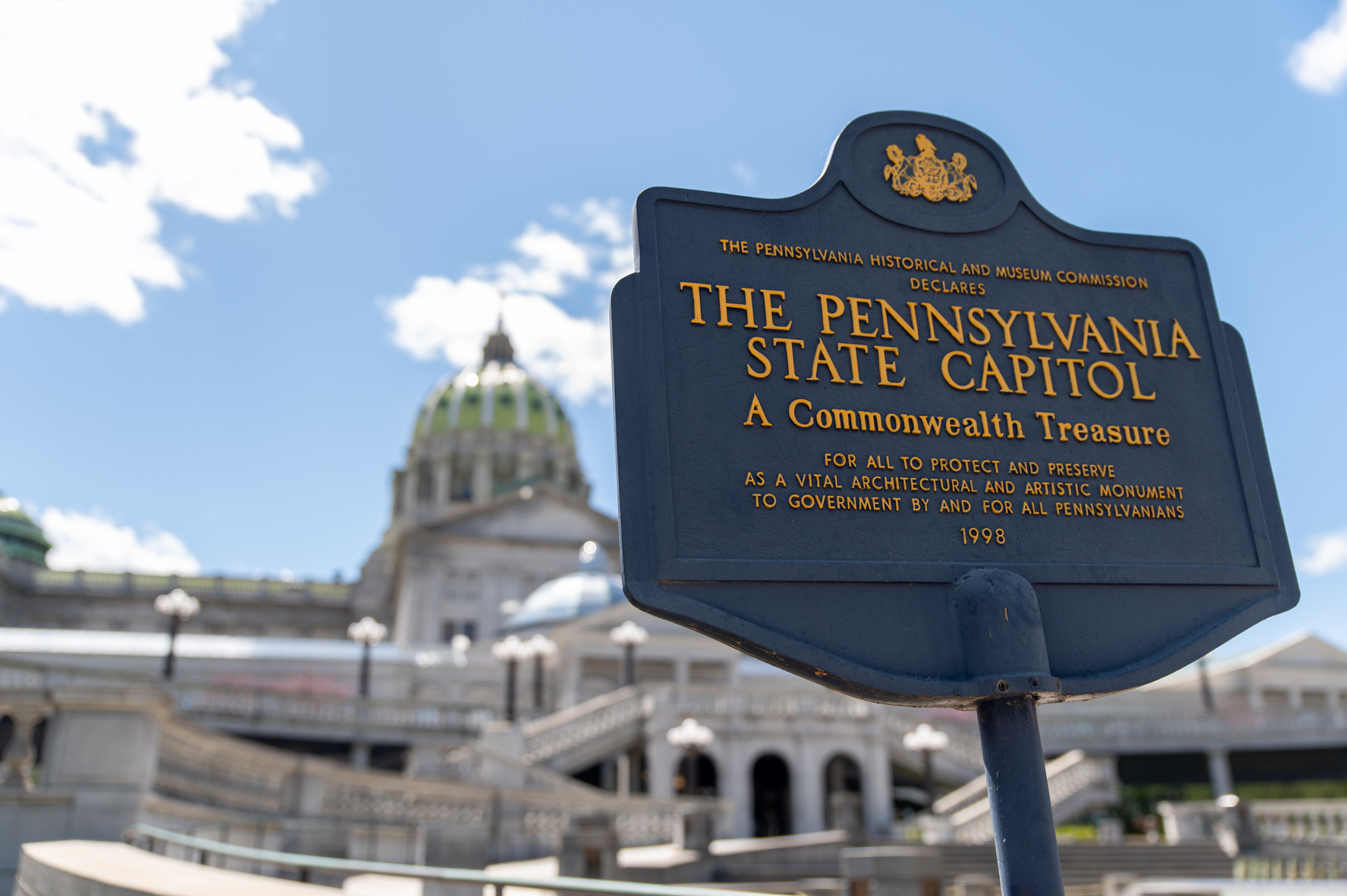
Did you know flooding is the most common and costly natural disaster in the United States? Since the start of the 21st century, flood-related disasters have caused more than $850 billion in damage and losses. There have been various policy initiatives – at both the federal and state levels – to help combat the effects of flooding. Such initiatives include legislation related to flood mitigation, which would help prepare communities for, and reduce, the impacts of floods.
Massachusetts
In March of 2021, legislators introduced H955 in Massachusetts to establish a flood mitigation and preparedness program. Specifically, the legislation would create the Flood Mitigation and Preparedness Fund, which would be used to provide grants or loans to local government bodies for the following:
- Finance costs or to loan against federal reimbursements to individuals who meet program eligibility by the community for projects such as elevating vulnerable utilities, installing flood equalization vents, elevating buildings, or any eligible project determined to be flood mitigation or wet floodproofing projects;
- Fund all administrative actions involved in administering this program or any other state or federal mitigation grant or loan programs at the community level, whether funding is awarded or not; and
- Fund outreach and education activities within communities related to information around programs and projects funded by the legislation.
To be eligible to receive funding under the new program, any buildings defined by the NFIP to be a 1-4 family residence must be deemed as either Repetitive Losses or Severe Repetitive Losses under the National Flood Insurance Program (NFIP) or as “vulnerable population” as defined by the Massachusetts Hazard Mitigation and Climate Adaptation Plan.
New Jersey
In early January, legislation related to public utilities and flood mitigation plans, A603, was introduced. The legislation directs the Board of Public Utilities (BPU) to promulgate, within 120 days of the bill’s effective date, electric floodproof design regulations for electric distribution substations that have experienced flooding in the last ten years before the effective date of the bill, which flooding has resulted in outages of 24 hours or more for at least five percent of the end-use customers of a municipality or county located within an electric public utility’s service territory.
The legislation also requires each electric public utility in New Jersey to submit a flood damage mitigation plan within 120 days of the promulgation of the BPU regulations. After 180 days after such a plan is submitted, the BPU is then required to determine whether the plan is feasible. If the plan were feasible, the BPU would be required to order the plan’s implementation. Further, an electric public utility would not be granted a rate increase until it has implemented a BPU-ordered plan.
New York
Assembly Bill 9190 in New York would establish the Office of Flooding Prevention and Mitigation. The Office would manage and coordinate the work of task forces, commissions, and other bodies and programs tasked with examining flooding issues. The Office would also review and assess best practices and make recommendations related to flood prevention and mitigation. The Office would additionally help municipalities develop strategies and policies to combat flooding.
Tennessee
Two companion bills in Tennessee—HB 2516 and SB 2525—would create a Tennessee Flood Resilience and Community Preparedness Task Force. The Task Force would be charged with identifying flood risks, prioritizing eligible projects for flood mitigation, coordinating between existing state agencies to identify funding opportunities and efficiencies, and developing policy reforms to protect assets and lives in Tennessee.
The legislation would require the task force to appear before (jointly) both the House Government Operations Committee and Senate Government Operations Committee for presenting an interim progress report of its findings and recommendations by July 1, 2023. A final report, to be submitted to both committees in addition to the Speaker of the House and Speaker of the Senate, TACIR, and the Commissioner of Environment and Conservation, would be required by July 1, 2024.
Federal
According to the White House, climate change will cost the federal government an extra $25 billion to $128 billion per year by the end of the century. The new estimate comes as federal officials explain the fiscal 2023 budget requests to Congress. President Biden is also trying to resurrect the stalled Build Back Better package, which contains hundreds of billions of dollars for various climate-related programs. The projected cost increases stem from six climate-related financial risks, including flood insurance and flood risk at federal facilities.
Separately, on April 5, 2022, the House passed H.R. 5689, the Resilient AMERICA Act. The Federal Emergency Management Agency’s disaster preparedness programs would be expanded and modified by H.R. 5689. FEMA manages several hazard mitigation programs, including the Flood Mitigation Assistance (FMA) program, which provides grants to reduce risks from flood damages to buildings covered by the National Flood Insurance Program. The bill would establish a pilot block grant program to support state and local government grants for residential resilience retrofits. FEMA could use as much as 10% of pre-disaster BRIC funding for the pilot program, which would terminate on September 30, 2025. Retrofits supported under the program could include floodproofing, building tornado safe rooms, and changes to make homes resilient against wind or wildfire.
Latest News
Photo credit: iStock.com/Niiaz Sabirov In 2025, several U.S. states have introduced legislation to prohibit geoengineering, defined as intentional large-scale interventions in Earth’s atmosphere or climate systems, such as cloud seeding or solar radiation modification. These [...]
Photo credit: iStock.com/Hamburg Studios As Pennsylvania continues to navigate an evolving energy landscape, state leaders are proposing new approaches to ensure reliability, affordability, and sustainability. Governor Josh Shapiro recently announced his “Lightning Plan”, a six-part [...]
Photo credit: iStock.com/Ray Tan As the impacts of climate change intensify, several U.S. states are taking legislative steps to address the mounting costs of adaptation and resilience. New York, New Jersey, and Vermont have recently [...]
Photo credit: iStock.com/Mikhail Dmitriev State lawmakers have taken legislative action to protect wildlife, including birds such as loons and swans, from lead poisoning. We have seen states pass laws banning lead sinkers or painted lead [...]






Stay In Touch